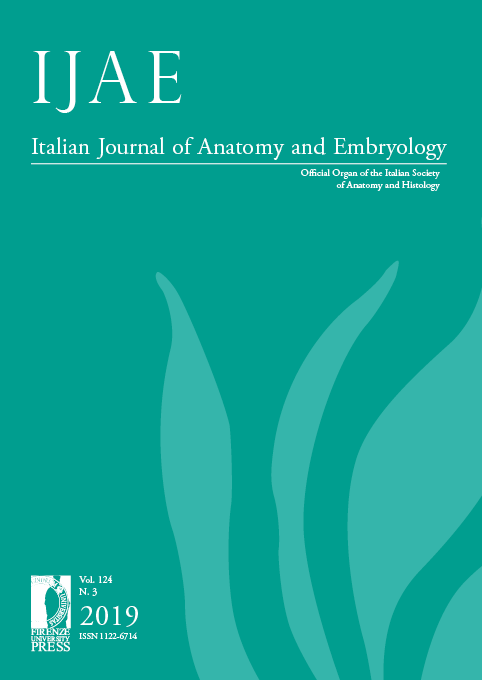Morphological assessment of Ear auricle in a group of Iraqi subjects and its possible role in personal identification
Published 2020-05-20
Keywords
- Ear auricle,
- morphometry,
- anthropometry
How to Cite
Abstract
Ear auricle had been studied many years ago for personal identification. Many studies in different countries had assessed the shape and measurements of parameters. Variance in dimensions of auricle within various age groups, race and genetic background recommended identification of normal range for auricle parameters; that is necessary for aesthetic purposes and anatomical standardization. Materials and method: Auricular dimensional parameters in 311 individuals in both right and left sides were measured using Vernier caliber; in addition to shape assessment, and lobular attachment status were recorded. Results: Nine parameters were evaluated for auricle morphometry in both sides. In one hand, significant differences were noticed regarding gender in ear height above tragus, tragus span and lobule height on other hand, no significant difference in parameters measurements according to lobule status. Comparing means of parameters among four shapes of auricle the study showed a statistical significance. Significant differences were recorded regarding gender with lobule status and gender with ear shape. Moreover, positive correlations were noticed among many parameters including, concha width and width of ear. Conclusion: This study represent a standardization of auricular dimensional parameters among Iraqi sample that is so beneficial in plastic surgery, hearing aids productions and personal identification. Taking in consideration, lobule status, gender, and shape of auricle.


